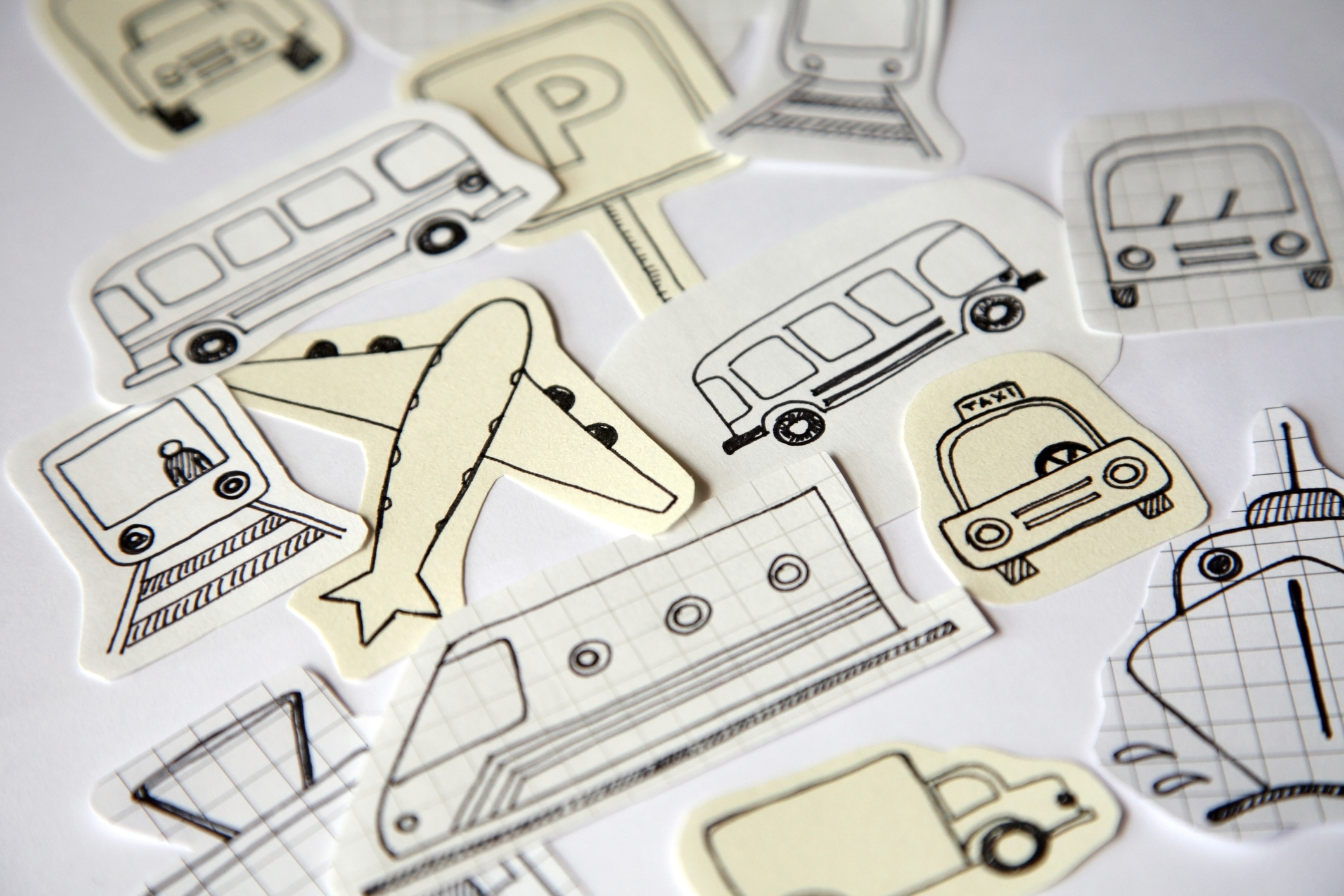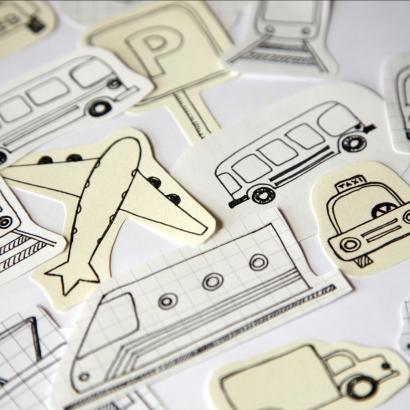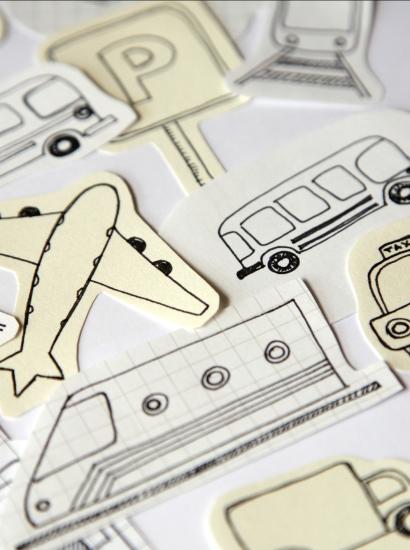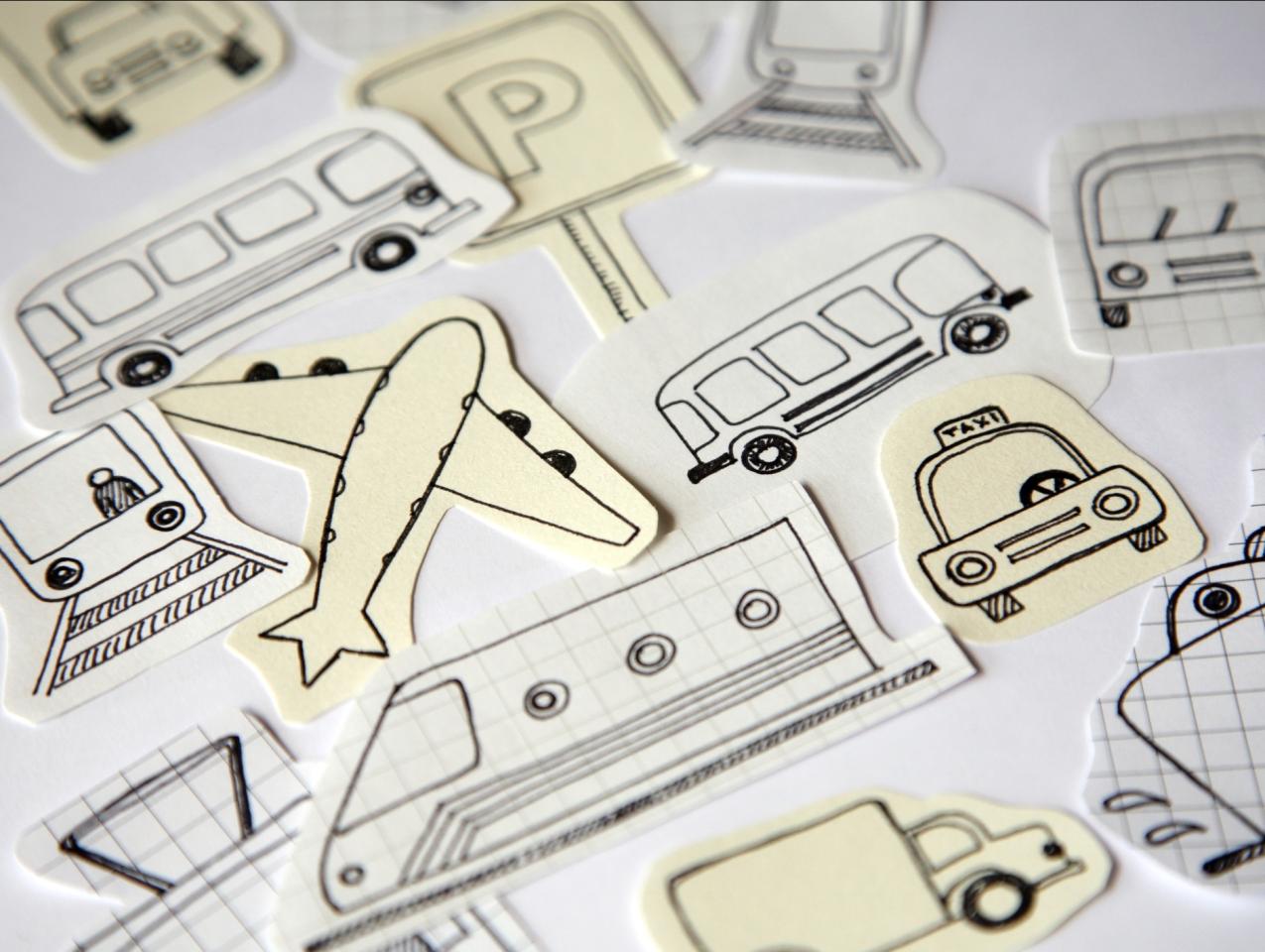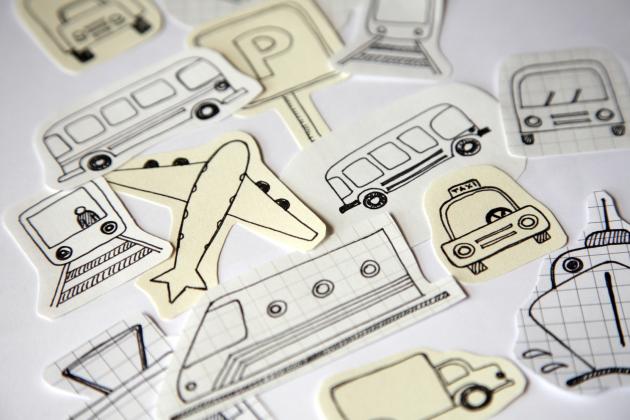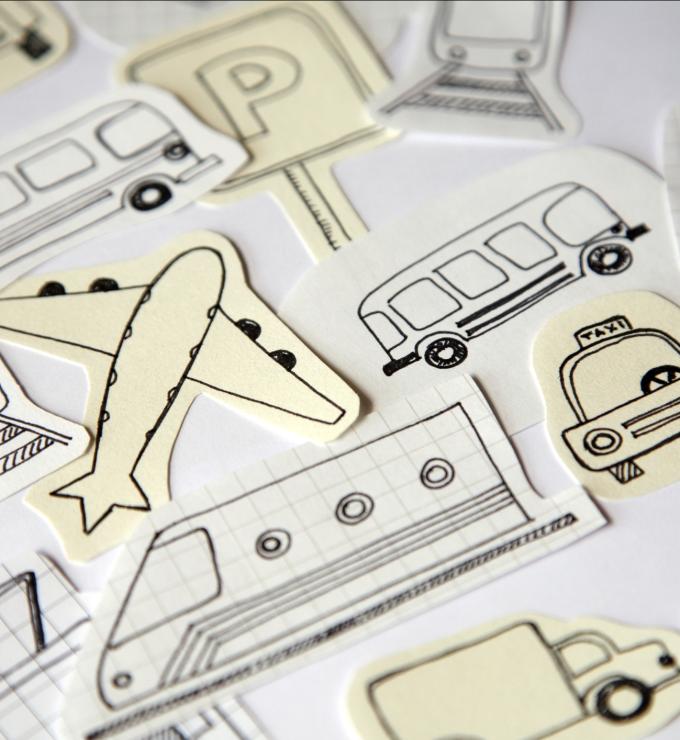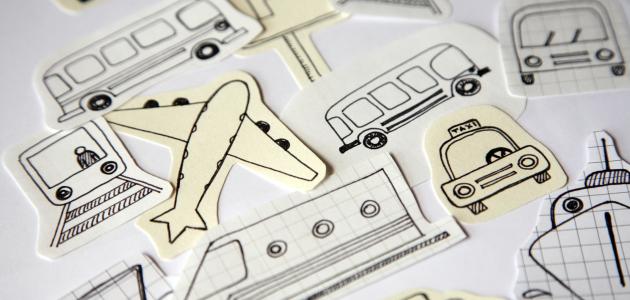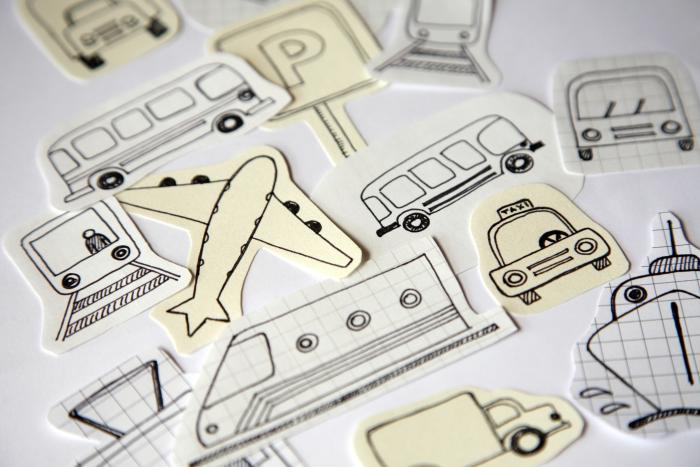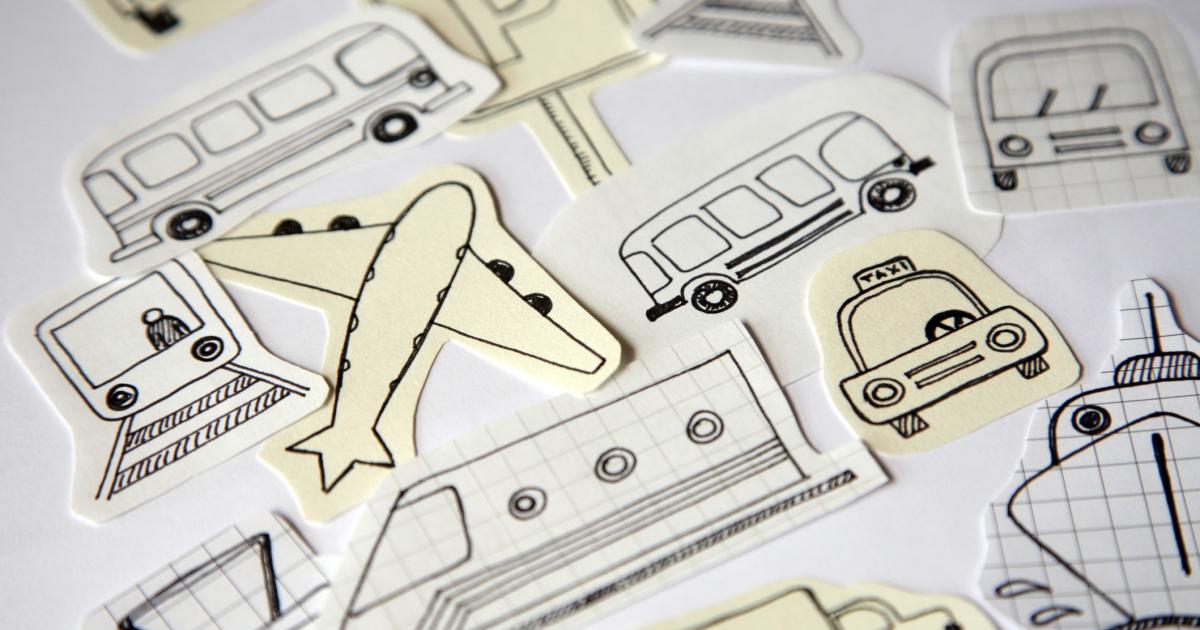- Economics
- Energy & Environment
- Politics, Institutions, and Public Opinion
- State & Local
- California
There’s plenty to observe in California these days.
For starters, there’s the question of what budget framework will emerge in Sacramento by month’s end, which marks the segue to the Golden State’s 2020–21 fiscal year.
And there’s California’s newest parlor game: making sense of coronavirus policy.
Here’s one such puzzler: Gov. Gavin Newsom has made the wearing of face coverings mandatory in public spaces. The Sacramento County Sheriff’s Office says it won’t enforce the order. (“Due to the minor nature of the offense, the potential for negative outcomes during enforcement encounters, and anticipating the various ways in which the order may be violated, it would be inappropriate for deputies to criminally enforce the Governor’s mandate,” reads a statement from Sheriff Scott Jones.)
I’ve been thinking about a problem that’s neither time sensitive nor unique to recent weeks: the mostly agricultural expanse known as the Central Valley.
I had a lot of time to ponder the region given a round-trip drive from Palo Alto to greater Los Angeles this weekend. Hour after hour of looking left at right at the vast expanse—open fields, the occasional cow herd, even a large array of solar panels where cash crops once stood—will do that to you.
My thoughts:
First, what an education in California’s economic and geographical diversity it is to drive, not fly, from the San Francisco Bay Area to Los Angeles.
The drive takes one past the heart of Silicon Valley, through the state’s garlic capital and strings of roadside produce stands (one wonders how they’re faring in the is-it-safe? COVID-19 economy), past a vast reservoir that recently was the scene of a blue-green algae scare that kept swimmers out of the water (Californians just can’t catch a break these days).
But drive a little further west, to the Interstate 5 artery that runs north-south on America’s West Coast, and it’s evident that the locals have water on the brain, so to speak. The roadside is littered with signs calling for new dam construction—i.e., increasing water storage for the state’s farm needs.
In this regard, the Trump presidency caught a bad break that has nothing to do with the coronavirus.
In February, the president traveled to Bakersfield to announce that his administration had finalized an order allowing the Sacramento–San Joaquin pumps to deliver more water to California’s lower half. And then the state experienced unseasonably dry weather, putting that added delivery in question (meanwhile, the Newsom administration went to court to rain on Trump’s water parade).
As for those roadside billboards demanding more dams, one has to be damn careful while reading them, as I-5 is two lanes of four- and 18-wheeled fury—cars and trucks showing little regard to speed limits and motorists playing chicken when it comes to passing the slower-moving semis in the right lane.
After the equivalent of an eight-hour workday watching this two-lane spectacle, four thoughts came to mind.
First, what’s the status of California’s experiment with high-speed rail?
According to this Los Angeles Times editorial, it’s “now or never” for the bullet-train project. More money may be needed to finish the initial leg that covers part of the Central Valley. Plus, Sacramento’s present budget drama makes the undertaking a tempting target for further delays. From where the money will come to build the remainder of the project is anyone’s guess (though maybe the pendulum swings the other way if the November election delivers a new president who likes trains and a Democratic Congress that will send billions in infrastructure aid California’s way).
Second, is there any chance of adding a third lane to each side on Interstate-5 for SF-LA motorists?
At present, Caltrans is spending nearly $2 billion to widen the section of the interstate between its Orange County line and the I-605 (the San Gabriel Freeway). A six-lane scheme is envisioned near Redding, in California’s upper north. Could extra lanes be added in the Central Valley? (The answer: maybe, but not without sizable environmental pushback.)
Which led to a third thought: is it time to revisit the “California autobahn?”
The concept, as outlined in this Hoover Eureka column by State Sen. John Moorlach, an Orange County Republican: build four lanes in the middle of I-5. A driver allowed to tool along at 100 miles per hour would be able to traverse the 300 miles between the base of the Grapevine (south of Bakersfield) to Sacramento in just three hours, or almost 90 minutes less than with the usual congestion.
But that assumes Californians will always have an appetite for long-distance driving, which had me asking this fourth question: will one of the coronavirus’s legacies be more Californians hitting the highway rather than boarding planes and trains?
History may record 2020 as the year when Californians returned to the road for their summertime travel, just as earlier generations built their forays around packing up the station wagon instead of parking the car at the airport. RV rentals have soared as air travel and hotel stays prove problematic. For Californians, automobiles make possible both staycations and rubbernecking day-tripping (the latter a concern for some popular destinations).
For the California high-speed rail project, this could prove to be a nail in the coffin: pandemics make for smaller passenger capacities on all forms of public transportation, which could produce less revenue for buses, planes, and one beleaguered bullet train.
How to make up for fewer passengers? Why, increase the fares, of course. (Back in 2008, when the high-speed rail project first appeared in bond form on the statewide ballot, the promise was a one-way ticket from San Francisco to Los Angeles in the neighborhood of $50.)
Let’s assume a world in which there is a California bullet train but the roundtrip fare isn’t as affordable as, say, a three-week advance ticket from Southwest Airlines. Then again, that’s assuming Californians will be comfortable enough to repopulate airplanes, even if current temperature-taking and mask-wearing policies are lifted.
What might I-5’s future resemble? It might be more of what’s on display in Kettleman City, a small town in Kings County (about an hour south of Fresno) whose history entails livestock, oil and water.
At first glance, Kettleman City is a run-of-the-mill highway exit—fast food, gasoline, lodging, and a few places to buy trinkets. But just off the city’s main drag is a Tesla supercharger—40 charging stalls available around the clock and a cozy WiFi lounge, all sitting on what used to be a Burger King drive-thru.
Indeed, Tesla vehicles were readily visible up and down I-5 on my two drives. That included one Tesla car carrier that seemed to think it owned the left lane of the highway—going 65 mph in a 70 mph zone—plus a conga line of the electric vehicles turning off, as I did, at the Kettleman City exit (for me, to fill up my thirsty SUV).
Will a post-pandemic world see California as a state of summertime road warriors? Let’s see where the road takes us.







